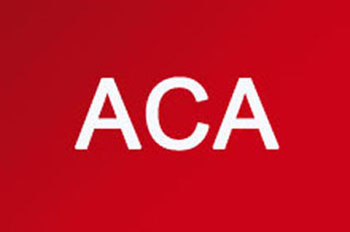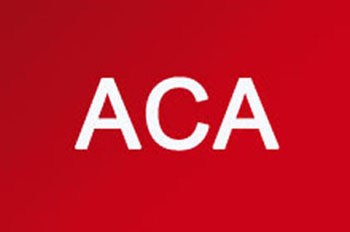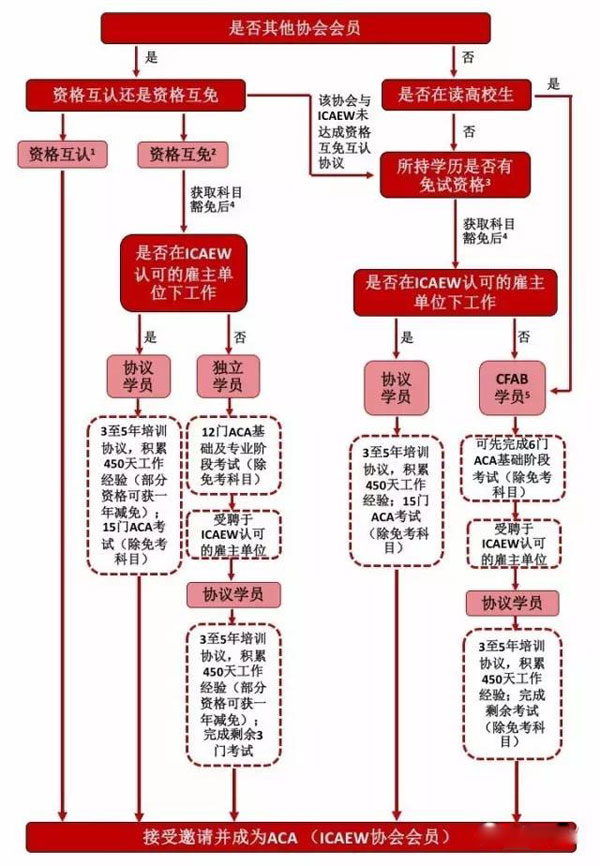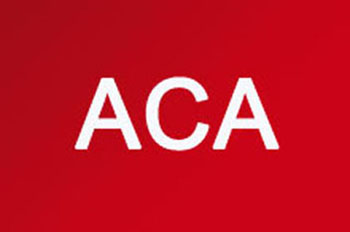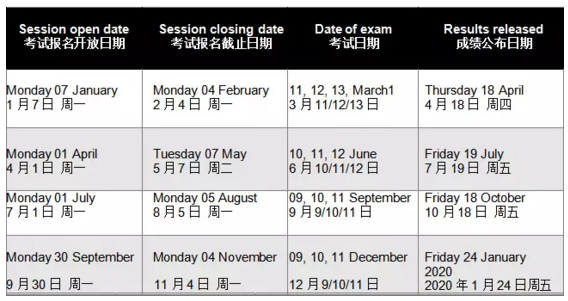ACA考试案例分析
|
ICAEW在英国乃至全世界都代表着专业会计师的最高标准,ACA学员完成所有考试并取得相关工作经验积累后可获得ACA(英国皇家特许会计师)称号与资质。在ACA考试的最后一个科目——“案例分析”(Case Study)中,财务报告分析、财务数据分析和商业分析技能,都会被重点考察。今天小编就给小伙伴们介绍一下案例分析的重点,看看专家是怎么说的,希望对广大学员们能顺利通过考试有所帮助!  在案例分析的考试中,您需要解决一个复杂的商业问题、确定并提供有效的解决方案。这是ACA考试的最后一门科目,旨在情境中测试所学的知识、技能和经验。这是一个基于现实生活场景的“实用技能”考试,适用于财务和非财务信息 所有信息将分成两部分提供:预先提供的信息(Advanced Information),共15,000字,在考前六周发布,考生可在线获取,以及考试中提供的部分,共3500字。两部分以“exhibits”的方式提供。 在考试中,考生需将场景中的角色与其实际经验相结合思考问题。 考试时,学生需要在报告中阐述三个方面:财务报表分析、财务数据分析和商业分析(财务、运营和战略分析)。 分析能力的考察 所有问题都涉及财务分析,还可能包括企业信托和道德方面的内容。案例分析考试共四个小时,涵盖三个主要问题,你需要有非常强的时间管理能力。三个主要问题都相互关联,因为财务报表分析通常只考虑到业务当前面临的问题。从过去和现在这两个角度出发的商业分析与从现在到未来这两个角度出发的的业务情况分析相辅相成。 案例分析完全以技能为基础。评估的四个专业技能是: ·吸收和使用信息的能力; ·构建问题并提供解决方案的能力; ·做出判断的能力; ·给出结论和建议的能力。 学生还必须采用综合性和跨学科的技能。案例研究情景基于实际的业务(通常在题目中作为考生的客户)和考生熟悉的行业。信息涵盖业务的所有方面,会使用当前的商业活动和实时的经济趋势。 考试包含客户财务报告的关键部分、多年的历史财务报表及其运营和战略的关键要素。其他“媒介”的exhibits将提供更广泛的背景信息。在exhibits中值得注意的是企业信托或道德问题。学生必须识别和理解其中暗含的内容或是更明显的意思。 预先提供信息(AI)的作用 考生应在AI发布后的六周内彻底沉浸在“客户”角色中。考生进行自我同化和分析准备至关重要。 考试当天的试卷会更新客户的信息。同时,考生应该将新信息视为与真实客户有关的信息,并通过整合预先提供信息的相关部分,根据考试要求编制分析和评估报告。 在考试中,考生应该: ·仔细阅读试卷; ·确定与AI的所有联系; ·停下并思考组织和行业发生的情况; ·在脑海中总结考试中出现的关键变化或部分; ·重新阅读每个部分,并更新客户的总体情况; ·列出提纲; ·以清晰、集中、简洁和易懂的方式写下答案; ·切勿答非所问。 评分过程 考生完成的报告(或考卷)将根据关键词进行打分。每个问题均采用前面列出的四项专业技能进行评估。这些技能使用一些“方格”进行评估,而这些“方格”代表了相应的分数。虽然学生通常能通过同化和使用信息、构建问题和解决方案的考核,但判断能力则是一个难点。对于学生来说,一个重要的准备工作是分析以前的案例,包括反馈考生整体表现的考官报告。 ICAEW的学习材料包含最近的案例分析考试的摘录和完整例题,以及每个案例的分析要求和专业技能评估标准的详细信息的章节。它还提供了案例中每道题不同得分答案的例子,让读者能够识别这些例子考察的技能、优势和劣势,并相应地改进自己的考试答案。学习材料是考生必不可少的辅助材料,必须要弄懂吃透。 充分利用ICAEW的学习资料 您手中ICAEW的教材和习题册是由ICAEW考官审查和批准,可以助您通过考试。但是,您还有更多的资源可用。 ICAEW随时为您的学习提供支持,并确保您拥有的最新的、有用的、相关的学习资源。以下是我们在线资源的概述: 大纲和技能知识网格 课程大纲列出了每个模块的学习成果,并对评估的内容和方法进行了详细介绍。 技能开发网格 当您通过课程大纲进行学习时,网格会显示每个考试中需要培养的专业技能。这突出了您在ACA培训中培养的解释、分析、职业怀疑、沟通以及商业洞察力等技能。 勘误表 如果在任何模块的课本或练习册中发现任何错误,我们将发布勘误表。 证书阶段例题 我们将为您提供证书阶段考试的例题,您可以看到考试中的确切格式和功能。 The case study presents a complex business issue that requires you to problem solve,identify ethical implications and provide effective solutions.It is the final exam and is designed to test contextualisation of the knowledge,skills and experience gained.It is a“practical”exam,based on a real-life scenario,which appropriate financial and non-financial information. This information is provided in two sections:Advanced Information(AI)of 15,000 words,issued six weeks before the exam;and the exam itself at 3,500 words.Both are presented as a series of“exhibits”. The exam has three requirements,to be addressed within a single report:financial statement analysis;financial data analysis;and commercial analysis(financial,operational and strategic analysis). Students are given a role in the scenario at the equivalent level to the practical experience of a student sitting the exam. The exam has three requirements,to be addressed within a single report:financial statement analysis;financial data analysis;and commercial analysis(financial,operational and strategic analysis). Expected analytical skills All of these involve financial analysis and all might contain elements of business trust and ethical awareness.The Case Study is a four-hour exam that should be balanced acros the three main requirements.Your ability to manage your time well is crucial.None of the three main requirements can be viewed independently,because the financial statement analysis,which usually considers a current issue facing the business.The analysis of the business from these two perspectives(past and present)informs,and is informed by,the commercial analysis,which considers the business from the present to the future. The Case Study is entirely skills-based.The four professional skills assessed are: ·assimilating and using information; ·structuring problems and solutions; ·applying judgement;and ·conclusions and recommendations. Students must also apply integrative and multidisciplinary skills.The Case Study scenario is based on an actual business(usually presented as the student’s client)and a sector that is familiar.Information covers all aspects of the business in real-time using current business events and economic trends. It contains key aspects of the client’s financial story,including a number of years’historical financial statements and key elements of its operations and strategy.Other“media”exhibits provide the wider context.Mingled in the exhibits are issues indicative of business trust or ethical concerns.Students must identify and understand these nuanced topics as well as the more obvious ones. The power of AI Students should use the six weeks after the AI is issued to become thoroughly immersed in the“client”.It is crucial that students perform their own assimilation and analytical preparation. The exam has updated information on the client.Again,students should treat the new information as if it related to a real client and,by integrating relevant parts of the AI,prepare an analytical and evaluative report responding to exam requirements. In the exam,students should; ·read the exam carefully; ·eusure all links to the AI are identified; ·Pause and reflect about what has happened to the organisation and industry; ·Mentally summarise the key changes or components in the exam scenario; ·Reread each section in detail,with their updated overview of the client in mind; ·Plan the answer; ·Write in a clear,focused,concise and legible way;and ·Answer only the questions asked. The marking process Students’reports(or s)are marked by reference to a developed marking key.Each requirement is assessed using the four professional skills outlined earlier.These skills are evaluated using a number of“boxes”in which there are points for which a student may be rewarded.Although students often achieve passing grades in assimilating and using information and structuring problems and solution,they have more difficulty with demonstrating applying judgement.An essential piece of preparation for a student is to work through a previous Case Study,including the examiners’report,which provides feedback on the performance of the whole cohort. The ICAEW learning materials contain extracts and full examples of recent Case Study exams,as well as chapters with detailed information on each of the Case Study requirements and the professional skills assessment criteria.They also give examples of different standards of students’answers to components of the cases under review,allowing readers to identify the skills,strengths and weakness in those examples and to refine their own exam answering technique accordingly.The learning materials are an essential aid for students and must be studied. Make the most of the ICAEW learning materials You have your ICAEW published study manual and question banks,reviewed and approved by ICAEW examiners and have everything you need to pass your exams.But there are so many more resources available online. ICAEW is here to support you throughout your studies and ensures that all of the resources available to you are up to date,helpful and relevant.Here is an overview of our online resources: Syllabus and technical knowledge grids The syllabus lists the learning outcomes for each module,describing what and how you will be assessed. Skills development grids The grids show the professional skills developed in each exam as you progress through the syllabus.This highlights skills such as interpretation and analysis,professional scepticism,communication,and commercial insight that you develop in your ACA training. Errata Sheets If any errors within the study manual or question bank for any module are brought to our attention,we will issue an errata. Certificate Level sample exams These will provide you with the exact format and functionality that you will see in your Certificate Level exams. 来源:微信号ICAEW,由中国ACA网【www.aca.cn】整理发布,若需引用或转载,请注明来源! |


